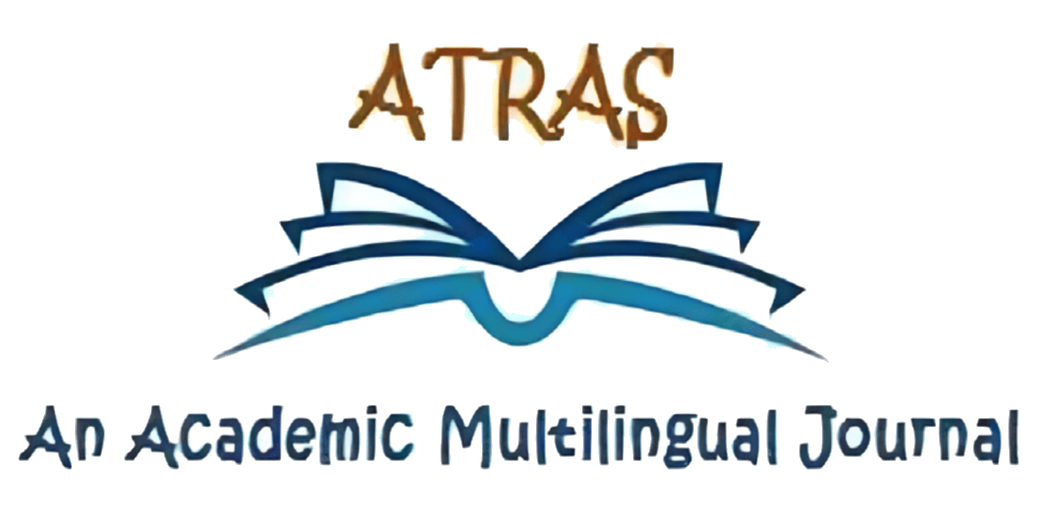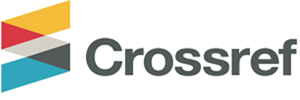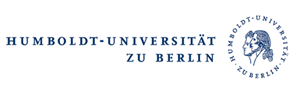Leveraging Virtual Reality and Augmented Reality as Educational Experiences to Spark
Students’ Creativity and Enhance Learning Motivation:
Universities of California, Harvard, and MIT as a Case Study
Nasredine MAZARI
Ziane Achour University, Djelfa, Algeria
n.mazari@univ-djelfa.dz
https://orcid.org/0009-0009-7294-3060
Siham BESALEM
Ghardaia University, Algeria,
bensalem.siham@univ-ghardaia.dz
https://orcid.org/0009-0007-8099-498X
Abstract
Virtual reality and augmented reality are transforming education by transporting students to immersive experiences that spark creativity and ignite a passion for learning. These technologies unlock new avenues for interactive learning, fostering deeper understanding and a thirst for knowledge. Benefits extend to both students and educators, potentially improving academic performance, boosting motivation to learn and teach, and fostering problem-solving and collaboration skills. While challenges like high costs and limited accessibility remain, VR and AR technologies are expected to become increasingly prevalent in education. This reflects the trend at leading universities pioneering their use, such as the University of California, Berkeley, Harvard University, and the Massachusetts Institute of Technology. These technologies represent a vast potential for advancing education across universities and educational institutions at all levels. This study will explore models that can be adapted, simulated, and potentially implemented within Algerian universities and educational institutions throughout the educational spectrum
Keywords: virtual reality, augmented reality, Berkeley University, Harvard, learning motivation, MIT, students’ creativity
DOI:
https://doi.org/10.70091/atras/AI.11
How to Cite this Paper :
Mazari, N., & Bensalem, S. (2024). Leveraging Virtual Reality and Augmented Reality as Educational Experiences to Spark Students’ Creativity and Enhance Learning Motivation: Universities of California, Harvard, and MIT as a Case Study. Atras Journal, 5 (Special Issue), 176-195.
References:
Brody, S. (2024). Virtual Reality: The New Frontier in Educational Innovation. Retrieved from the bulletin: https://theibulletin.com/virtual-reality-educational-innovation-52071/
Chen, Y., & Wu, H. (2022). Augmented Reality for Enhancing Motivation and Learning Outcomes in Science Education. Taiwan: National Taiwan Normal University.
David A, U. M. (2020). The Harvard VR/AR Initiative: Advancing Research and Innovation in Immersive Technologie. Cambridge: Harvard EdCast.
David, A., Garvin, R., & Merton, C. (2021). The HBS Immersive Learning Initiative: Using Virtual Reality and Augmented Reality to Transform Business Education. Harvard Business Review, pp. 80-83.
Ding, X., & Li, Z. (2022, 11 17). A review of the application of virtual reality technology in higher education based on Web of Science literature data as an example. SYSTEMATIC REVIEW(7), pp. 1-10.
Educause. (2023). The State of VR and AR in Higher Education. Louisville: Educause.
Gbolahan, O. (2022). Augmented Reality in Higher Education: The New Reality of Teaching and Learning During and Post-COVID-19. Ubiquitous Learning(1), pp. 31-54.
Jack, A. G., & Jil, l. L. (2023). The Routledge Handbook of Digital History. New York: Routledge.
John, A. S., & Michael, S. L. (2023). The Pivot App: A New Way to Explore Historical Information. Cambridge: Harvard EdCast.
John, A., Smith, M., & Lewis, S. (2023). Immersive Learning: Research and Practice. New York: Routledge.
Kazu, İ., & Kuvvetli, M. (2023). 2nd International Conference on Recent Academic Studies ICRAS. The Impact of Virtual Reality Technology on Student Engagement and Learning Outcomes in Higher Education (pp. 1-17). Konya, Türkiye: Academic Studies ICRAS.
Lazerson, R. (2022, 11 05). A Secure and Equitable Metaverse: Designing Effective Community Guidelines for Social VR. Retrieved from Berkeley: https://cltc.berkeley.edu/2022/11/15/a-secure-and-equitable-metaverse/
Lee, H., & Park, J. (2022). Virtual Reality and Collaborative Learning: Enhancing Creativity and Teamwork. South Korea: Seoul National University.
Lee, J., & Kim, S. (2023). The Impact of Virtual Reality on Student Creativity and Engagement in Higher Education. South Korea: University of Seoul.
Leven, R. (2023, 06 13). As Big Tech invests in virtual reality, studies highlight user privacy risks. Retrieved from Berkeley: https://cdss.berkeley.edu/news/big-tech-invests-virtual-reality-studies-highlight-user-privacy-risks
Martinez, R., & Hernandez, G. (2023). The Influence of Augmented Reality on Student Motivation and Achievement in Mathematics. Spain: University of Barcelona.
McGivney, E. (2023, 11 08). Addressing Emotions and Beliefs for Vulnerable Jobseekers with Virtual Reality. Retrieved from next-level ab: https://nextlevellab.gse.harvard.edu/2023/07/24/addressing-emotions-and-beliefs-for-vulnerable-jobseekers-with-virtual-reality/
McGivney, E., Forshaw, T., Medeiros, R., Sun, M., & Grotzer, T. (2023). Addressing emotions and beliefs for vulnerable jobseekers with virtual reality. Education and Information Technologies, pp. 16-26. doi:2024: https://doi.org/10.1007/s10639-023-11923-1
MIT Media Lab. (2023). The Impact of VR and AR on Education at MIT. Cambridge: MIT Media Lab.
Pottle, J. (2019, 10 12). Virtual reality and the transformation of medical education. Future Health Journal(3), pp. 181-185.
Richard, N., & Smith, M. (2022). The Future of Education: Technology and the Rise of the Immersive Classroom. Cambridge: Harvard University Press.
Smith, D., & Johnson, K. (2024). Virtual Reality as a Tool for Fostering Creativity and Problem-Solving Skills in Engineering Education. United States: Stanford University.
Smith, J. (2023). The Pivot App: A Game-Changer for Historical Education. Cambridge: Harvard University Blog.
Staat, D. W. (2020). Virtual Reality in Higher Education Instruction for the Digital Age. USA: Rowman & Littlefield Publishers.
Thomas, H., & Davenport, J. (2020). The Potential of Virtual Reality and Augmented Reality for Business Education. Cambridge: MIT Sloan Management Review.
Thompson, S. (2023, 07 13). VR in Higher Education: with Examples. Retrieved from virtual speech: https://virtualspeech.com/blog/vr-education-example-use-cases
Usher, D. A. (2023). The Future of VR and AR at MIT. Boston: EdSurge.
Vivek, N. et al. (2023). Unique Identification of 50,000+ Virtual Reality Users from Head & Hand Motion Data. USENIX Security Symposium. doi:https://doi.org/10.48550/arXiv.2302.08927

Copyright for all articles published in ATRAS belongs to the author. The authors also grant permission to the publisher to publish, reproduce, distribute, and transmit the articles. ATRAS publishes accepted papers under the Creative Commons Attribution-NonCommercial 4.0 International (CC BY-NC 4.0) License. Authors submitting papers for publication in ATRAS agree to apply the CC BY-NC 4.0 license to their work. For non-commercial purposes, anyone may copy, redistribute material, remix, transform, and construct material in any media or format, provided that the terms of the license are observed and the original source is properly cited.







































































